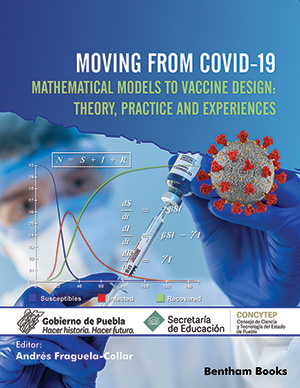Abstract
In this text, we look at several mathematical models that have been constructed during
the present pandemic to address different issues of importance to public health policies about
epidemic scenarios and their causes. We start by briefly reviewing the most basic properties
of the classic Kermack-McKendrick model and then proceed to look at some generalizations
and their applications to contact structures, co-circulation of viral infections, growth patterns
of epidemic curves, characterization of probability distributions and passage times necessary to
parametrize the compartments that are added to the basic Kermack-McKendrick model. All of
these examples revolve around the idea that a system of differential equations is constructed from a specific epidemiological problem, has as a central and main theoretical and conceptual support
the epidemiological, medical, and biological context that motivates its construction and analysis.
Keywords: Mathematical models, COVID-19, Mathematical epidemiology, COVID population dynamics






















